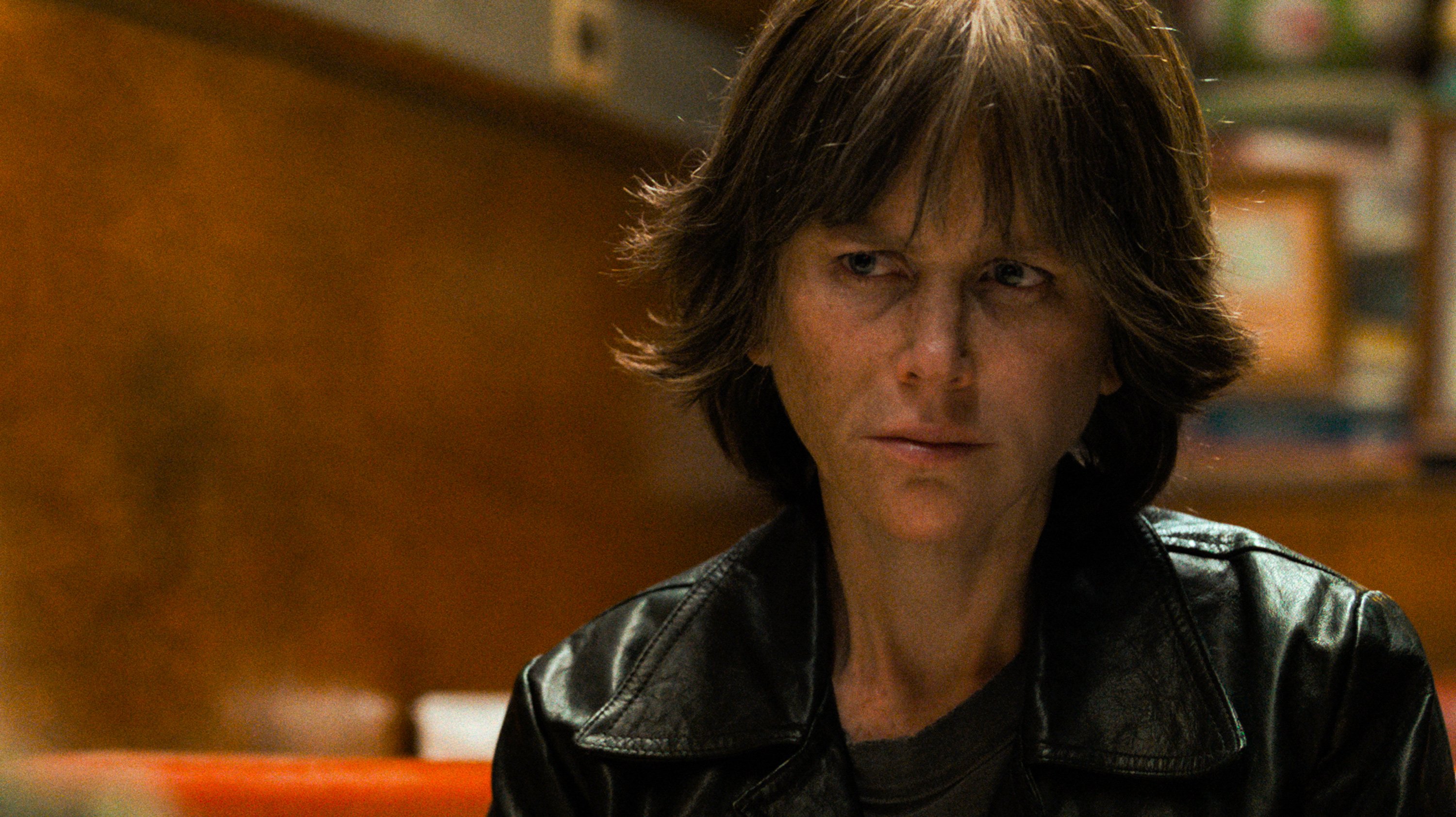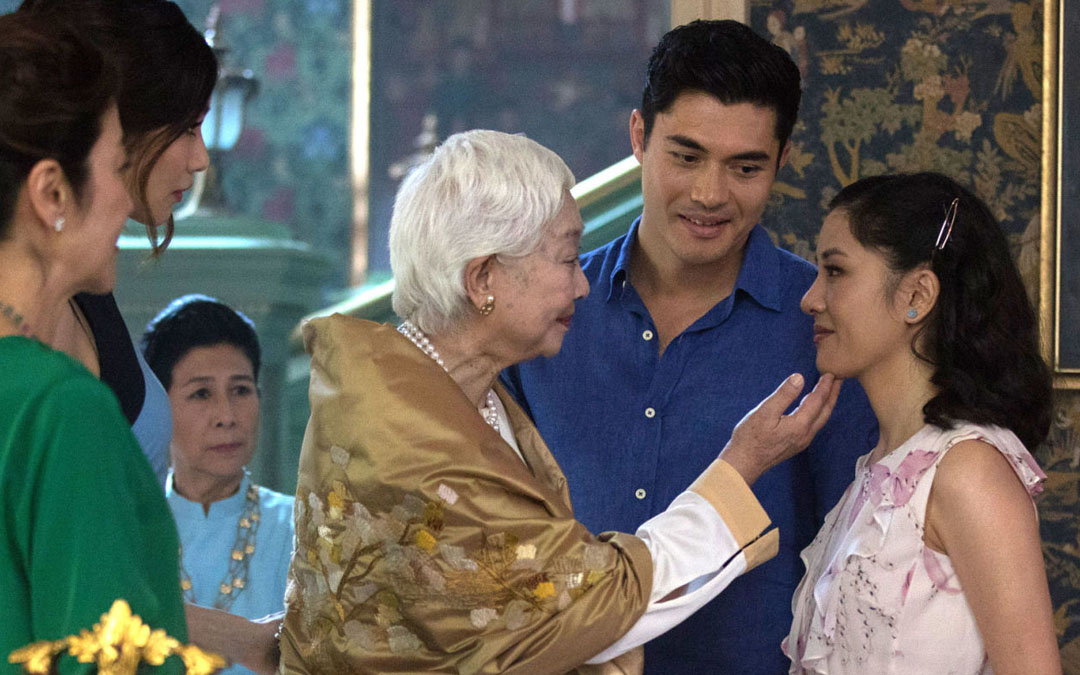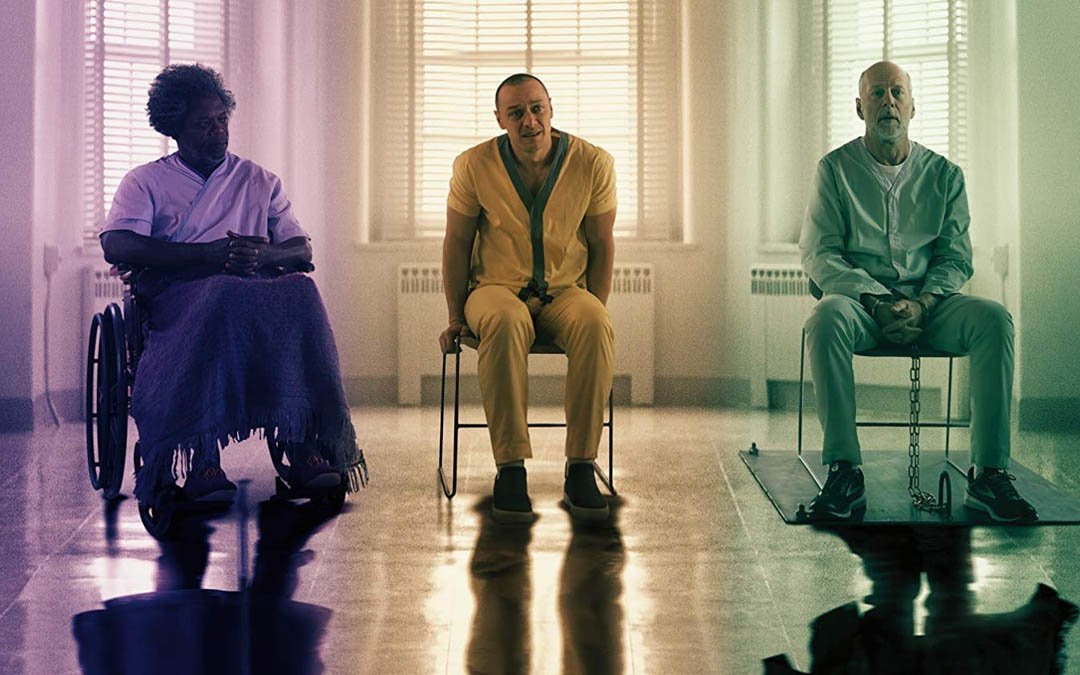All the Write Moves: If Beale Street Could Talk
January 21, 2019
Like his previous film, the Oscar-winning drama Moonlight (2016), Barry Jenkins’ new picture, If Beale Street Could Talk, might seem like a difficult artifact from which to extract screenwriting lessons. While both films have received considerable acclaim for their emotional narratives, they feature idiosyncratic structures. Nonetheless, Jenkins uses some accessible techniques — it simply happens that unearthing those techniques requires a bit more work than usual because of Jenkins’ singular style.
Based on the novel by James Baldwin, Beale Street tells a love story set in early 1970s Harlem. Fonny (Stephan James), a young artist and woodworker, is in love with Tish (KiKi Layne), whom he has known since childhood. When Fonny gets arrested, the couple struggles not only to get Fonny released, but also to remain hopeful, especially when the discovery that Tish is pregnant complicates their situation. While the film is primarily concerned with the relationship between Fonny and Tish, Jenkins widens his view to feature the leading characters’ extended families to create a prismatic look at black life during a time of great cultural unrest.
Mother, Mother
Much of the award-season attention directed at Beale Street has focused on the supporting performance of Regina King, who plays Tish’s mother, Sharon. A veteran actor with several major awards to her credit, including three Emmys and a brand-new Golden Globe for her role in Beale Street, King deserves all of the accolades coming her way. However, there’s another reason why this particular role has resonated so strongly, and the reason has to do not just with King’s outstanding performance, but also with Jenkins’ storytelling and Baldwin’s source material. Beale Street portrays Sharon as a hero rather than a superhero. The distinction matters.
Too often, storytellers who make mothers central to their narratives position maternal figures as all-powerful and omniscient, with their only weaknesses being the tendency to try too hard when protecting their babies. Think of the saintly character Sandra Bullock played in The Blind Side (2009), which, to be fair, was a very different sort of movie than Beale Street. In films like The Blind Side, mothers are superheroes, which is a well-meaning portrayal, but not a helpful one for understanding the truth of the human condition.
In Beale Street, Sharon does many remarkable things, from demonstrating patience and tolerance to making an intense journey as a means of trying to exonerate Fonny. Much of what Sharon attempts succeeds, as when she helps her husband form a supportive response to Tish’s pregnancy news. However, not everything goes Sharon’s way, and the most poignant moments in King’s performance hinge on depicting Sharon’s reaction to failure. The inability to achieve everything she attempts is what defines Sharon as a hero rather than a superhero, because despite failure, she regroups and tries again.
Any character can strive valiantly if past events indicate the near-certainty of success in every endeavor. Only a realistically heroic character still strives with the full knowledge that defeat is as probable an outcome as victory. Perhaps that’s why Sharon resonates — she is stalwart even when she is stymied.
Takeaway: Characters who never fail seem false.
The Visitor
Partway through Beale Street, Fonny encounters his old friend Daniel (Brian Tyree Henry) and brings him home to hang out with Tish, whom Daniel has never met. The visit is mostly convivial, though Daniel drinks heavily, revealing that he’s self-medicating for some reason. That reason becomes clear once Daniel shares that he recently completed serving two years in prison. Though he confirms that he was holding pot at the time of his arrest, Daniel claims that he was innocent of the grand theft auto charge to which he had confessed as a means of avoiding a narcotics beef.
Jenkins orchestrates the ensuing conversation delicately, with Daniel sharing that he was permanently changed by his time in prison without ever getting into specifics. The impact is the same as if Daniel had explicitly described, say, assaults by other inmates. We realize that Daniel exemplifies every adult black male punished disproportionately for offences against society. Given the nonlinear structure of Beale Street, this sequence doesn’t function as foreshadowing so much as it functions as illumination. Seeing the weight that a person carries after incarceration suggests to us how Fonny might change after his own experience with incarceration.
This represents an unusual example of a familiar technique — the single-sequence appearance of a peripheral character. Often in movies a peripheral character who appears in only one sequence provides advice, a secret, or a warning. Here, Jenkins twists the trope to accomplish something new. Daniel’s wounded psyche helps us understand, in a subtle but tangible way, that Fonny’s tenure in prison will change him whether he’s released quickly or serves a long term. Nobody goes through the system untouched.
Takeaway: One-sequence characters can be effective for distilling themes.
Facing Fears
Among the most familiar screenwriting clichés is to say that every mainstream movie is about facing fears — the shy character who learns to become extroverted, the person afraid of heights who endures standing atop a high building during the climax, etc. Yet very often, powerful storytelling emanates not just from characters facing fears, but from screenwriters facing fears; which is to say addressing topics that are frightening because of their inherently controversial nature. Jenkins goes there again and again throughout Beale Street, which wrestles with politics, race, religion, and a host of other topics that provoke strong reactions from nearly everyone.
This bold approach is not right for every movie, and in fact, it’s not right for every screenwriter. Some films are designed as pure escapist entertainment, and some screenwriters are not attuned to sociopolitical discourse. Still, one of the useful lessons we can extract from Beale Street is that engaging with a single fraught topic gives license for screenwriters to engage with other fraught topics. Although Beal Street is fundamentally a love story, the plot hinges on Fonny’s engagement with the criminal justice system. This unavoidably brings race into the conversation, since his arresting officer is a white policeman who plainly harbors prejudicial attitudes.
Jenkins could have stopped there, but he is not a timid storyteller. He also integrated religion into the story, as seen during an intense sequence featuring Fonny’s and Tish’s parents debating the implications of Tish’s out-of-wedlock pregnancy. This debate adds important texture to the movie. It also has an impact on the plot, explaining why so much of the burden for helping Tish navigate her difficult circumstances falls on Tish’s nuclear family.
The point is that Jenkins doesn’t wedge politics into the movie arbitrarily, even when he uses montages to underscore how Fonny’s story relates to larger conversations about the incarceration of black males in America. Instead, Jenkins follows his narrative wherever it organically goes, no matter how potentially divisive or upsetting the material that introduces is. The lesson this teaches us is simple — there’s no such thing as being a little bit bold. If your story merits going there, no matter how scary the topic in question might be, go there. To do otherwise would be artistically dishonest.
Takeaway: When appropriate, embrace controversial elements.
Written by: Peter Hanson
Peter Hanson is a Los Angeles-based writer, filmmaker and teacher. He directed the screenwriting documentary Tales from the Script, and he teaches at Pepperdine University and UCLA Extension. He provides script consulting at www.GrandRiverFilms.com.



